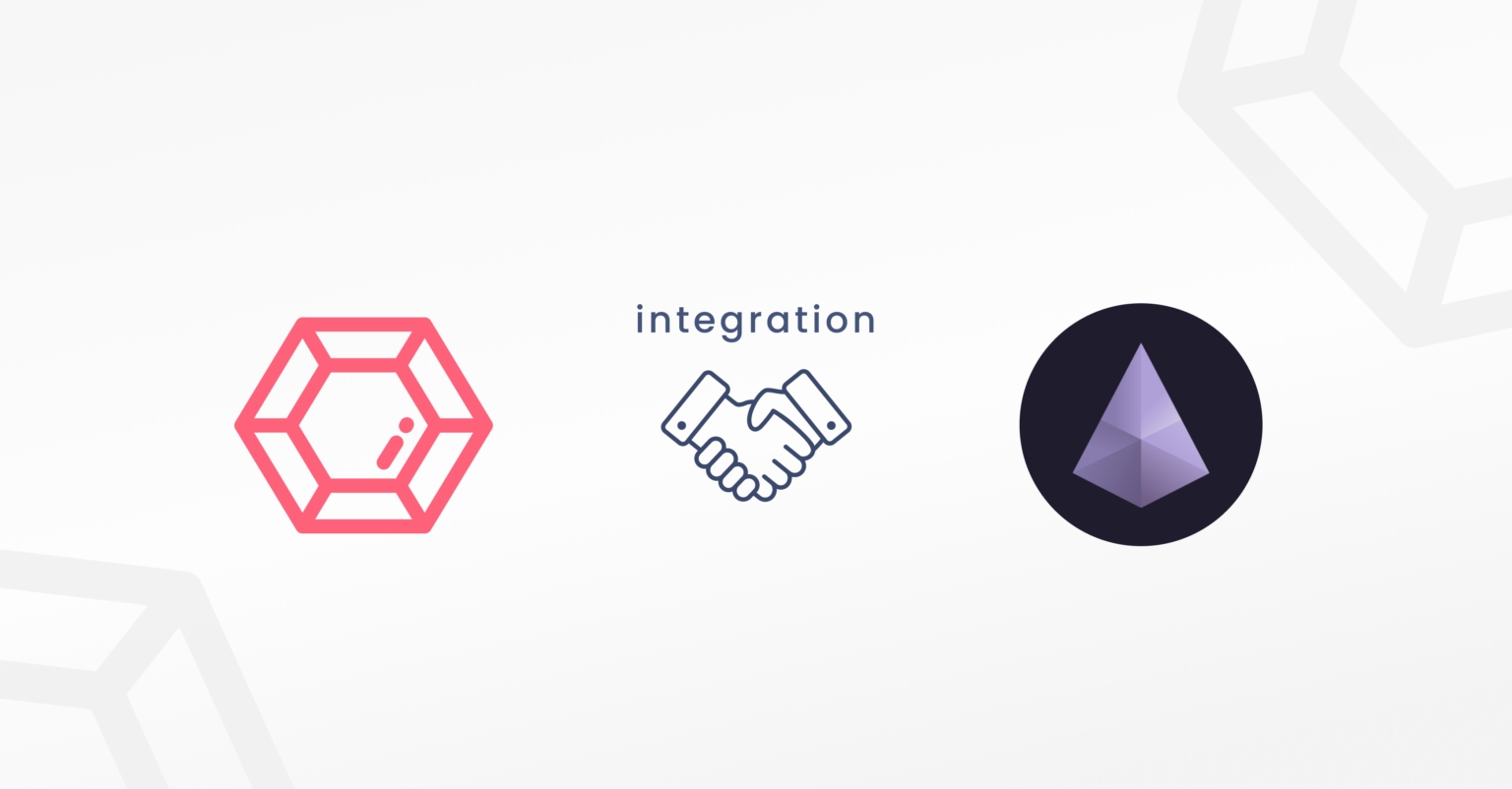RedStone X StakeWise Case Study: A Simplified Overview

Imagine StakeWise as a helper that connects people wanting to stake their Ethereum (ETH) with those operating the network nodes. StakeWise charges some fees but also provides certain services for free. Users pay an overall fee combining different StakeWise V3 features.
Now, the special staking token is called osETH, and it's the key player. StakeWise allows users to stake ETH in a flexible way and earn more profits by farming, staking, and borrowing against their staked assets. Three ways to stake: One-click staking, Staking with Vaults, and Liquid solo staking. StakeWise is for both regular users and big organizations wanting to use their staked funds in decentralized finance (DeFi) applications.
Here’s where RedStone comes in. It acts as a bridge between osETH and the DeFi world. RedStone Oracles provide reliable data for smart decisions in DeFi protocols, making osETH useful beyond its initial purpose. This collaboration opens new doors for users by connecting osETH to various DeFi applications like Gravita, Morpho Blue, Enzyme, and more.
Now, what's osETH? It’s the token you get when you stake ETH with StakeWise. RedStone ensures that osETH maintains its value by providing accurate data. It protects against risks, benefiting both stakers and buyers on decentralized exchanges (DEXs).
The value of osETH rises over time due to accumulating rewards, and RedStone's mechanism determines its price based on the most liquid decentralized exchanges (DEXs) where osETH is traded. RedStone also keeps an eye on liquidity and deploys nodes to ensure everything runs smoothly.
In simple terms, StakeWise and osETH make staking ETH easy and profitable, with RedStone Oracles playing a crucial role in connecting osETH to the wider world of decentralized finance.
Last updated